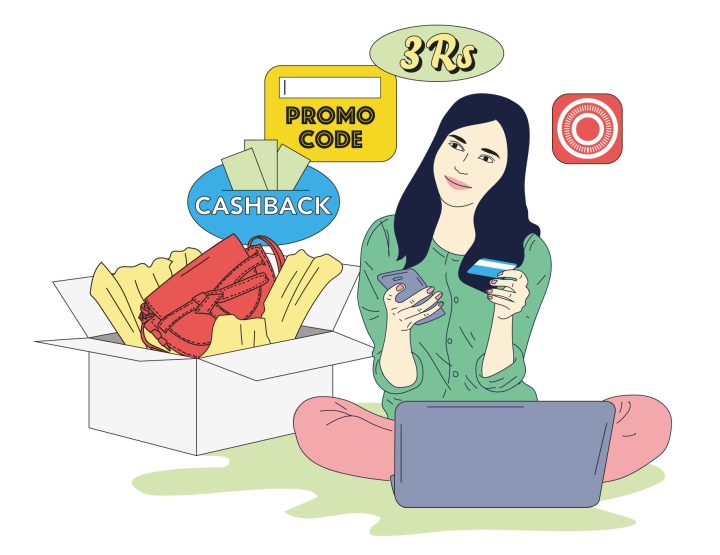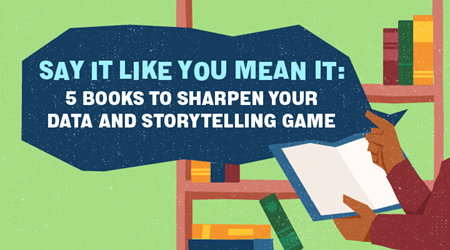Instruction Manual: All About Online Shopping

Jargon Watch
Tech Jargon
OEM: Original Equipment Manufacturer. A manufacturer that makes components that are bought, assembled and sold as a finished product by other companies. For example, Taiwanese electronics contract manufacturing company Foxconn builds hardware for Apple and Dell laptops.
ODM: Original Design Manufacturer. A manufacturer that designs and builds a product for another company to market and sell. ODMs helps companies launch products into the market without having to fully invest in production facilities.
Public Service Jargon
Federated Lockers Network and Collection Points Programme: An initiative by three public agencies to introduce shared lockers within HDB estates and at MRT stations. The aim is to improve parcel deliveries by speeding up the transformation of the logistics industry.
Retail IDP (Industry Digital Plan): A guide developed by the Infocomm Media Development Authority to help local SME retailers assess their digital readiness. Step-by-step advice helps retailers pinpoint the digitalisation opportunities at different stages of growth and bridge their skill gaps.
Say It Like This
Pseudonym: A fake name that a person uses to protect their real identity. It is pronounced soo-doh-nim, with a silent ‘p’.
Ask A Pro
HEADLINE: Saving the environment while saving costs online

Primary school teacher Huang Yinqi shops online about once a month for groceries, food and the occasional trip overseas. She shares her tips for scoring deals online while minimising waste.
How do you decide when to shop online and when to go to retail stores?
I shop online when I prefer delivery for bulky household items and groceries. For clothes and shoes, there may be a chance of returns as the sizes may not fit, so I recommend buying them from retail stores or choosing to collect purchases to reduce the hassle of returning the goods, and wasting the packaging too.
What online shopping services do you use to save money and reduce waste?
Shopback is a cashback app that I use mainly for Expedia (hotel and travel bookings). The app covers other shops like Vaniday – I can book hair cut appointments, and earn cash back from both services.
For online purchases, I will usually check and click though Shopback, and search online for promo codes. When paying, I will choose payment methods with cashback options, such as Singtel’s Dash or credit cards.
StyleTheory is a recent discovery of mine. It’s a local start-up and fashion rental subscription service. They offer a wide range of clothes suitable for work. It reduces the need for buying clothes and helps to save the environment, because we can rent and return the clothes – the service takes care of the washing and ironing. Textiles are difficult to recycle and our used clothes often just end up in landfills after incineration. Style Theory helps me to reduce my consumption while maintaining variety in my wardrobe.
For any shopping, I try to buy only what I need, because the 3Rs start with “reduce”. I don’t usually look out for promotions. I just search online when the need to buy arises.
With 2019 being Singapore’s Year Towards Zero Waste, we can help the environment by buying only what we need and thinking of reusing or repurposing our items before discarding. I have bought secondhand books from Carousell that are in great condition. It is important for sellers and buyers to communicate well and manage expectations.
What other tips do you have for reducing packaging and other waste while online shopping?
For groceries, I will indicate in the remarks to reduce packaging. Some of the items do not even need packaging. Honestbee uses their own bag for groceries, and we can return the bags for their future use, which is great!
However, it is true that packaging from the delivery itself creates plastic and paper waste. I will always dismantle and reuse or recycle that packaging. If I find the packaging excessive, I will give feedback, although I understand businesses have to balance between the quality of items delivered and the amount of packaging waste generated.
In Numbers
Singapore’s e-commerce market in 2018

Get Wired
Three ways to spot fake reviews

Check the timestamps
Dishonest sellers can buy fake customer accounts by the thousands. A classic tell-tale sign is having multiple all-positive or all-negative feedback posted within a short time frame. Also check whether the reviews poured in before or on the same day as the product listing date. If so, they are likely to be made up.
Inspect the language
Scan other product reviews to see if the same phrases are repeated. Fake reviewers tend to awkwardly string together certain keywords with the product’s full name to boost its appearance in search engine results. According to research by Cornell University on hotel reviews, fake reviewers tend to use more verbs compared to truthful reviews, which have more nouns.
Check a reviewer's profile
If a reviewer has a pattern of leaving feedback that are over the top with enthusiasm or hatred, this should raise a red flag, especially if the products come from the same company. Finally, don’t be fooled by profile pictures that accompany reviews. Professional fake reviewers are often offered a product and paid to leave a favourable review.
- POSTED ON
May 9, 2019
- TEXT BY
Wong Wing Lum
- ILLUSTRATION BY
Mushroomhead








